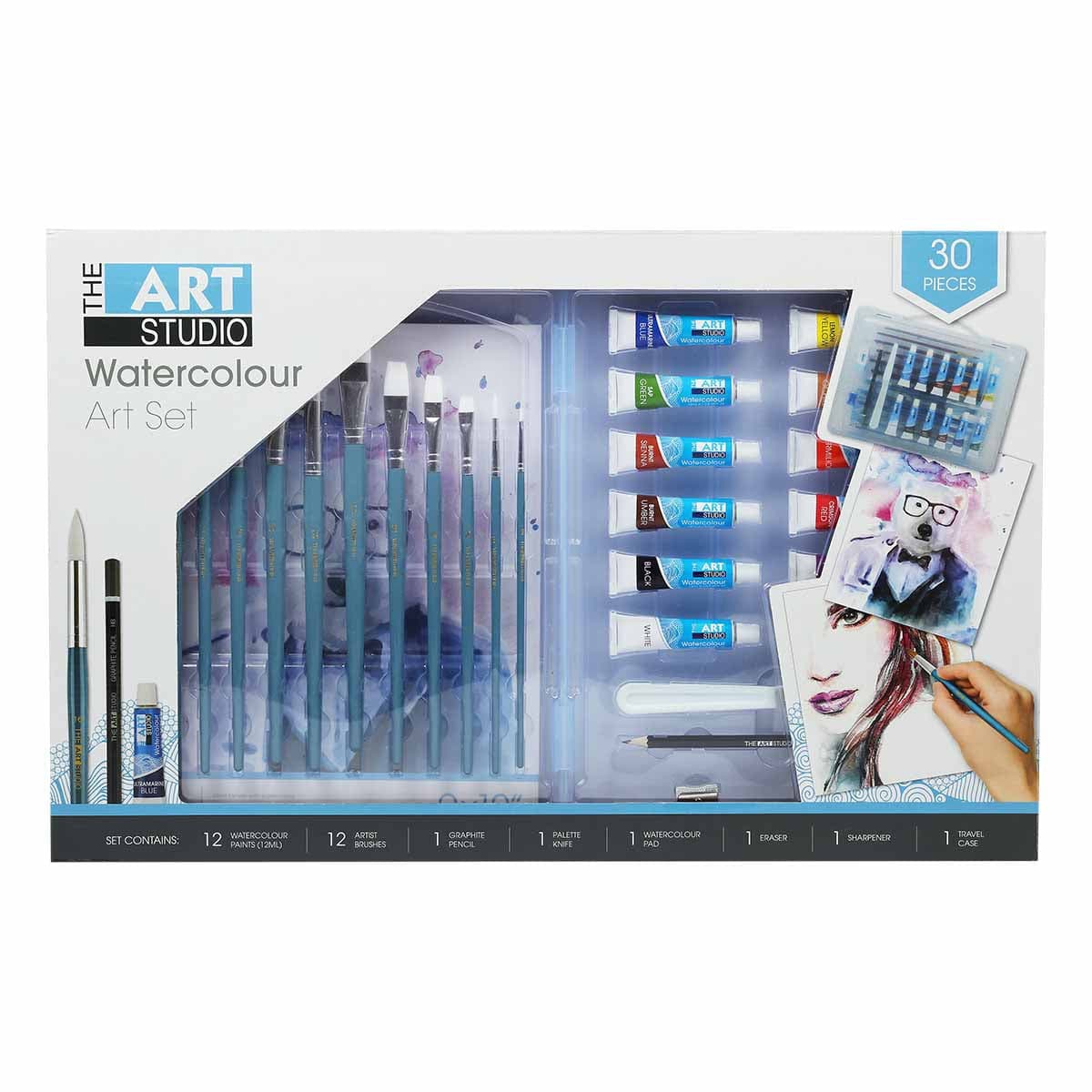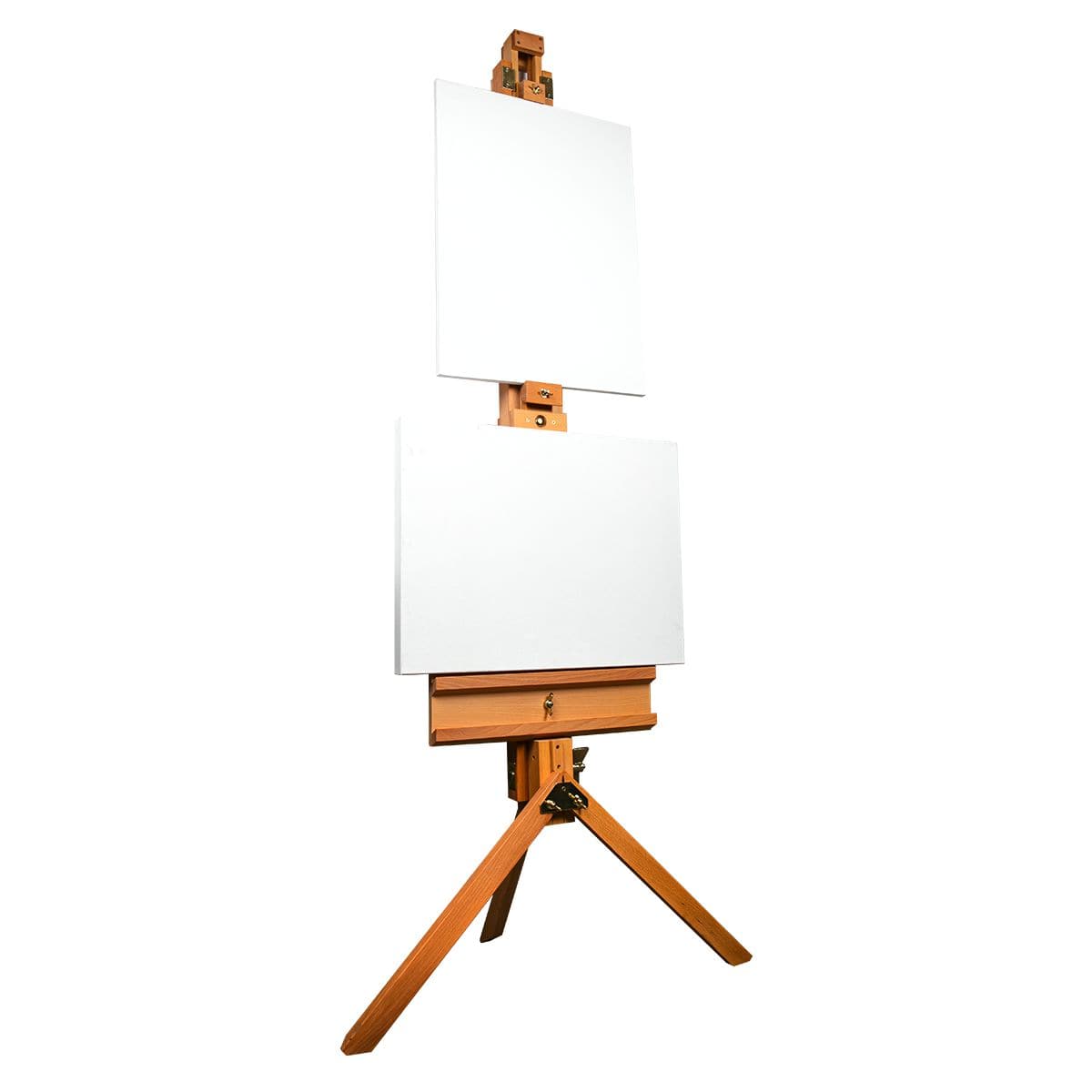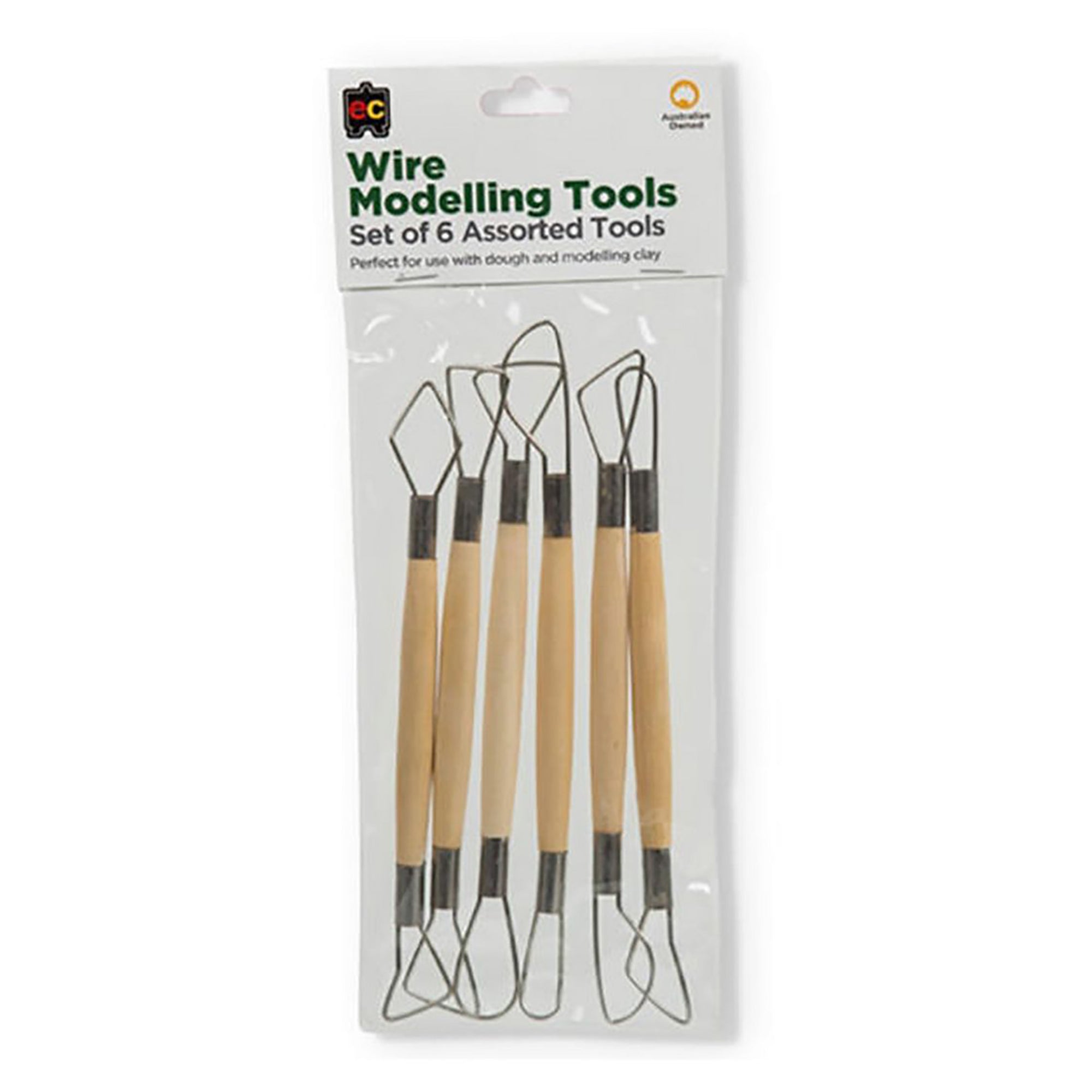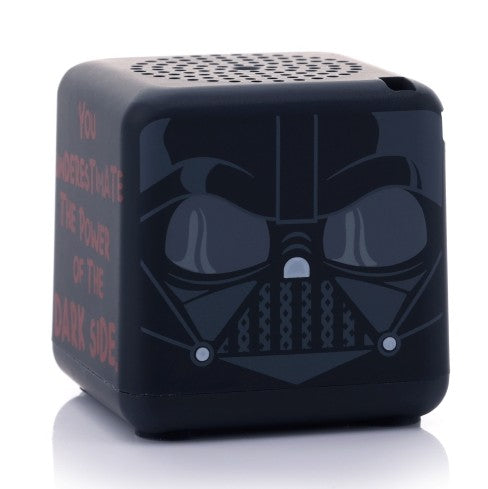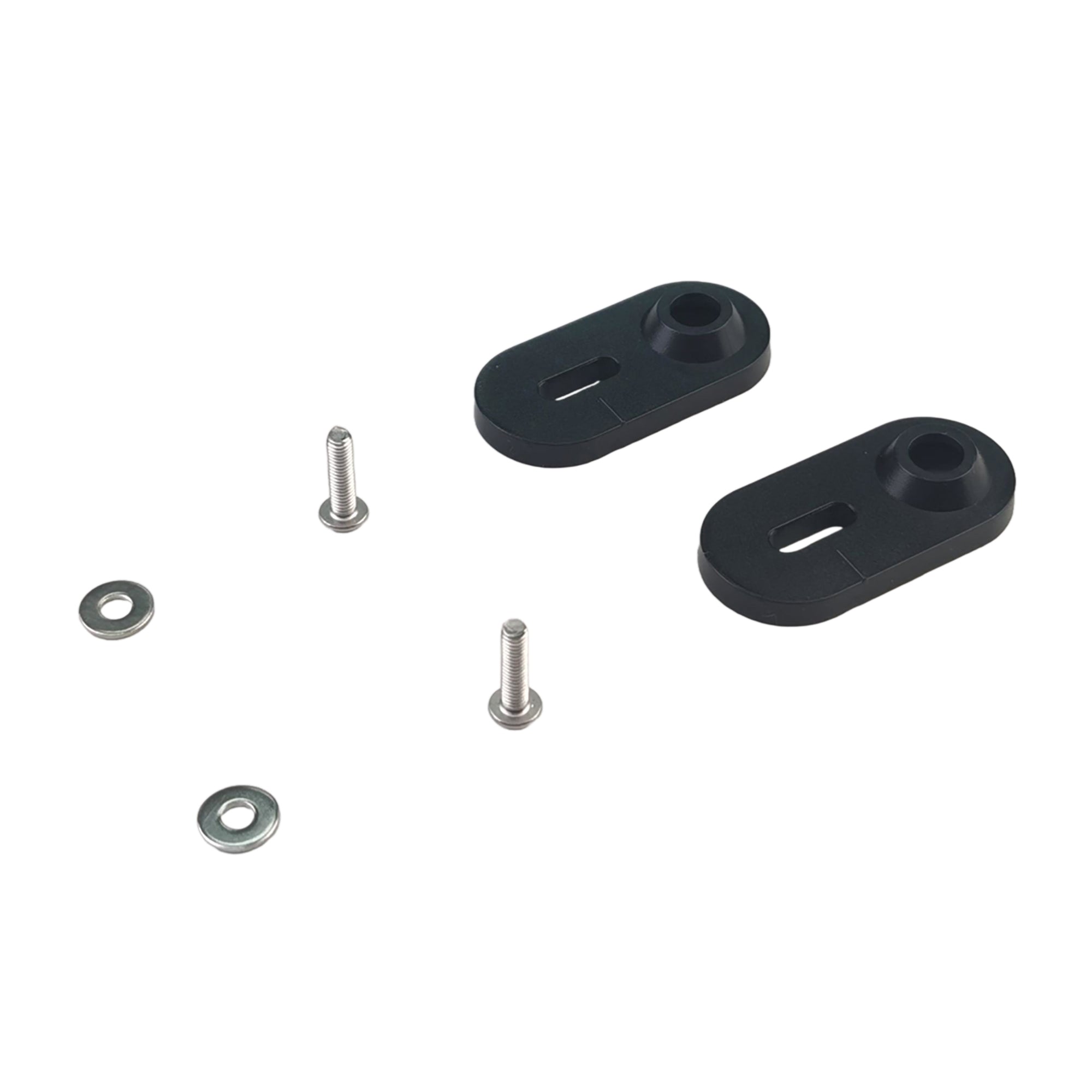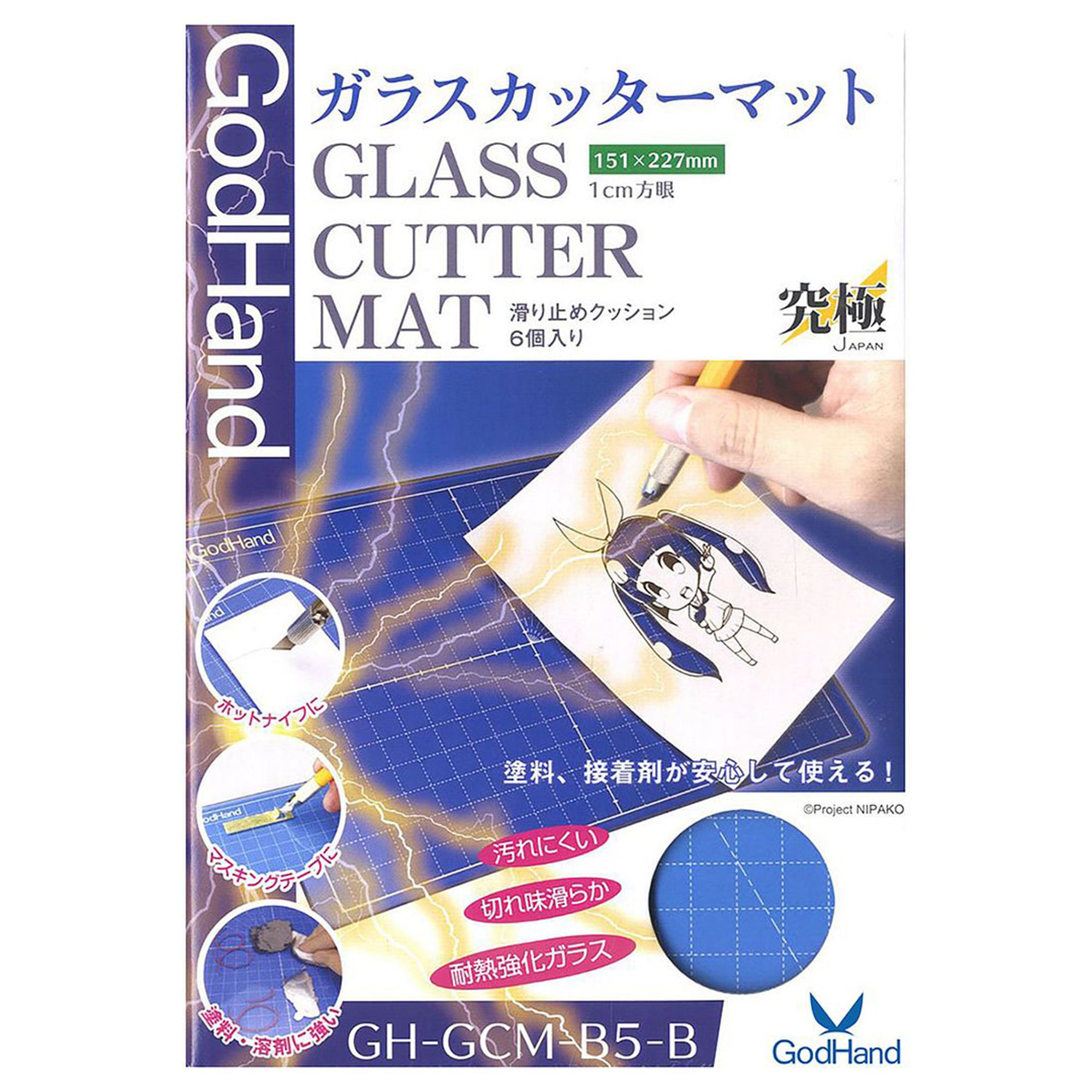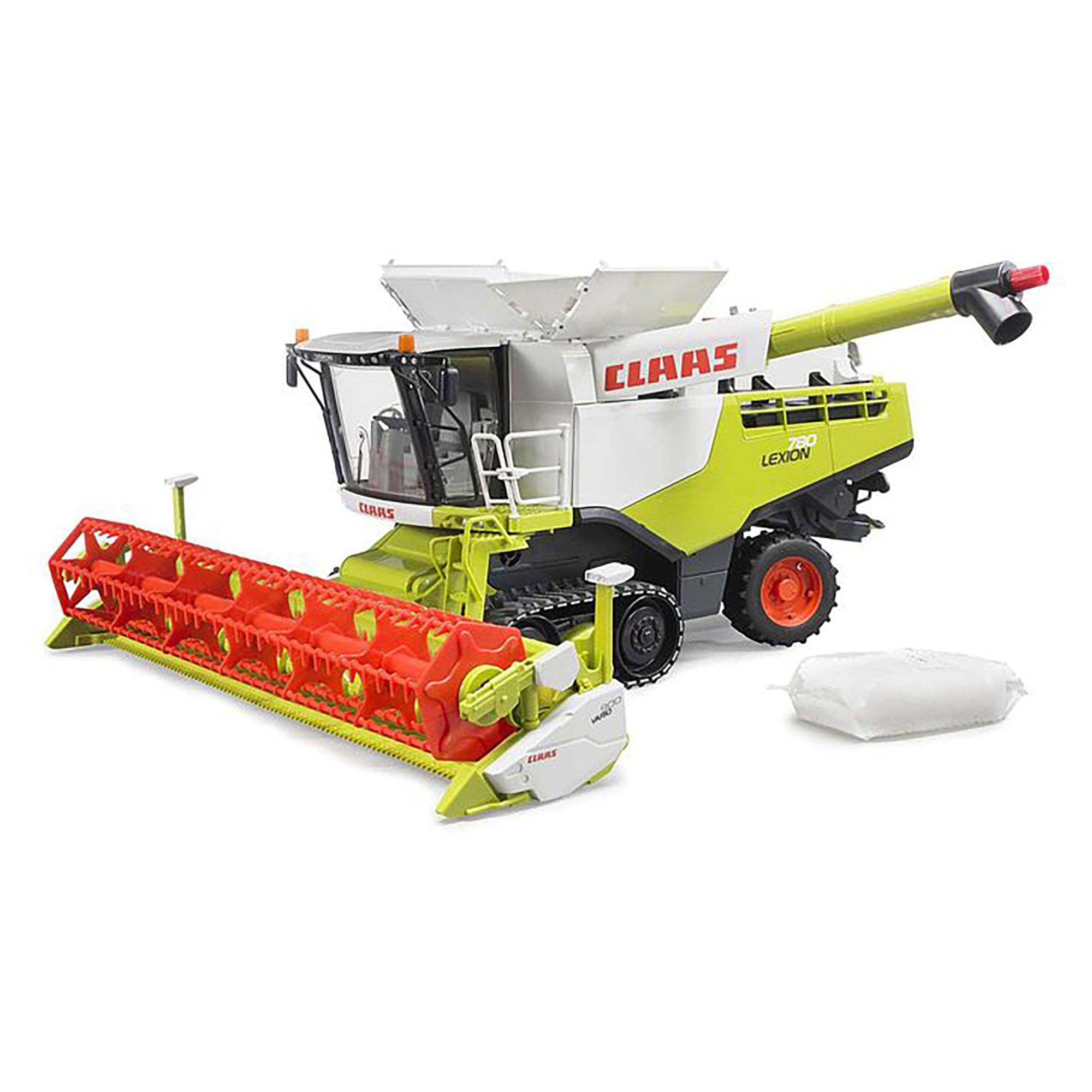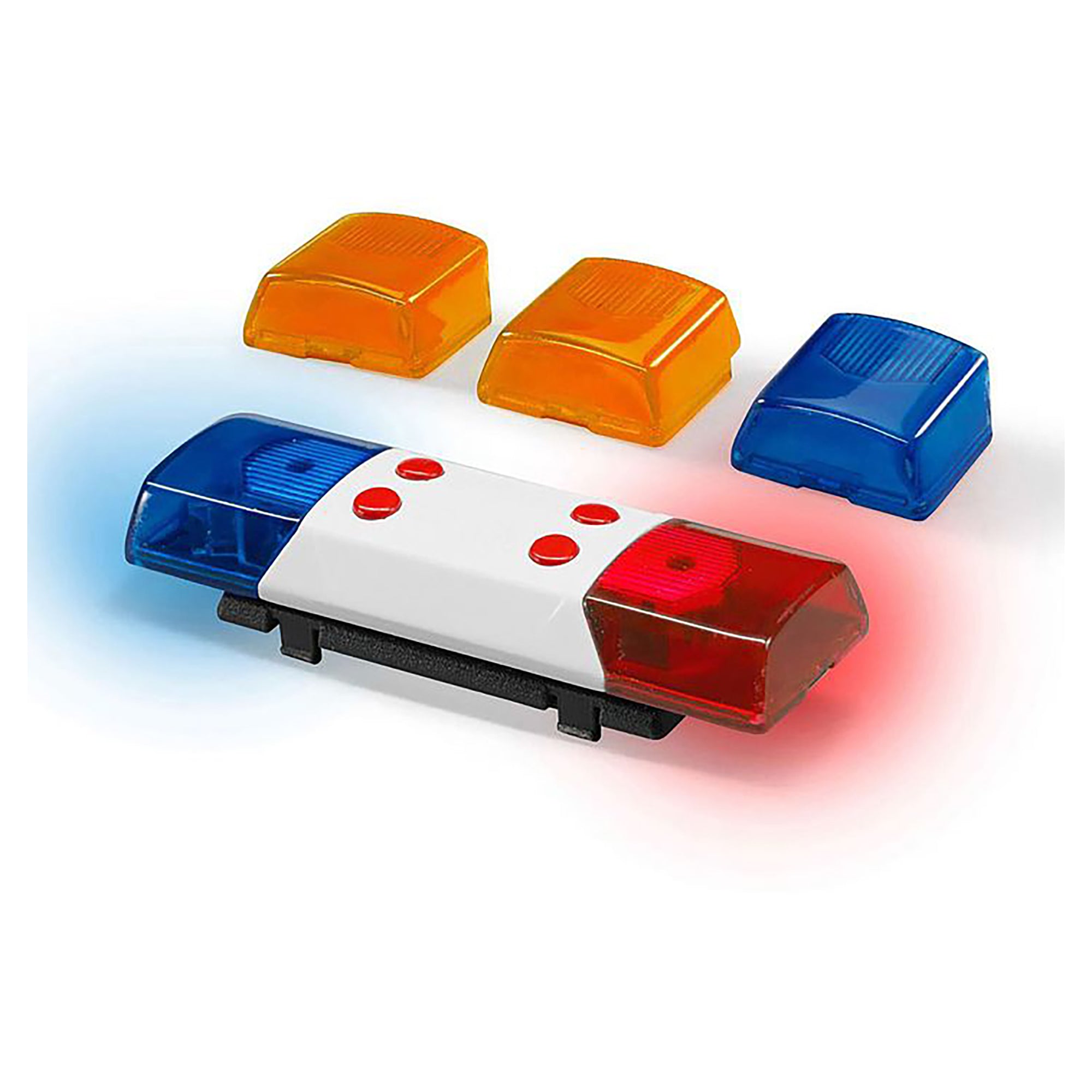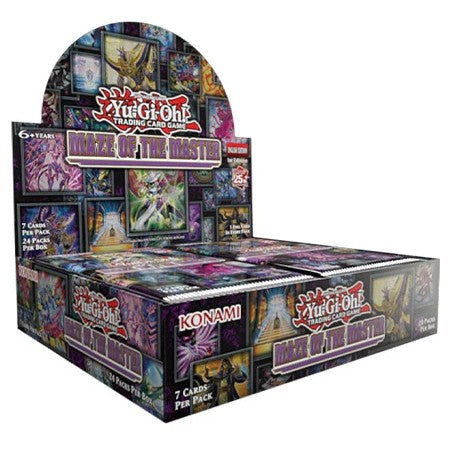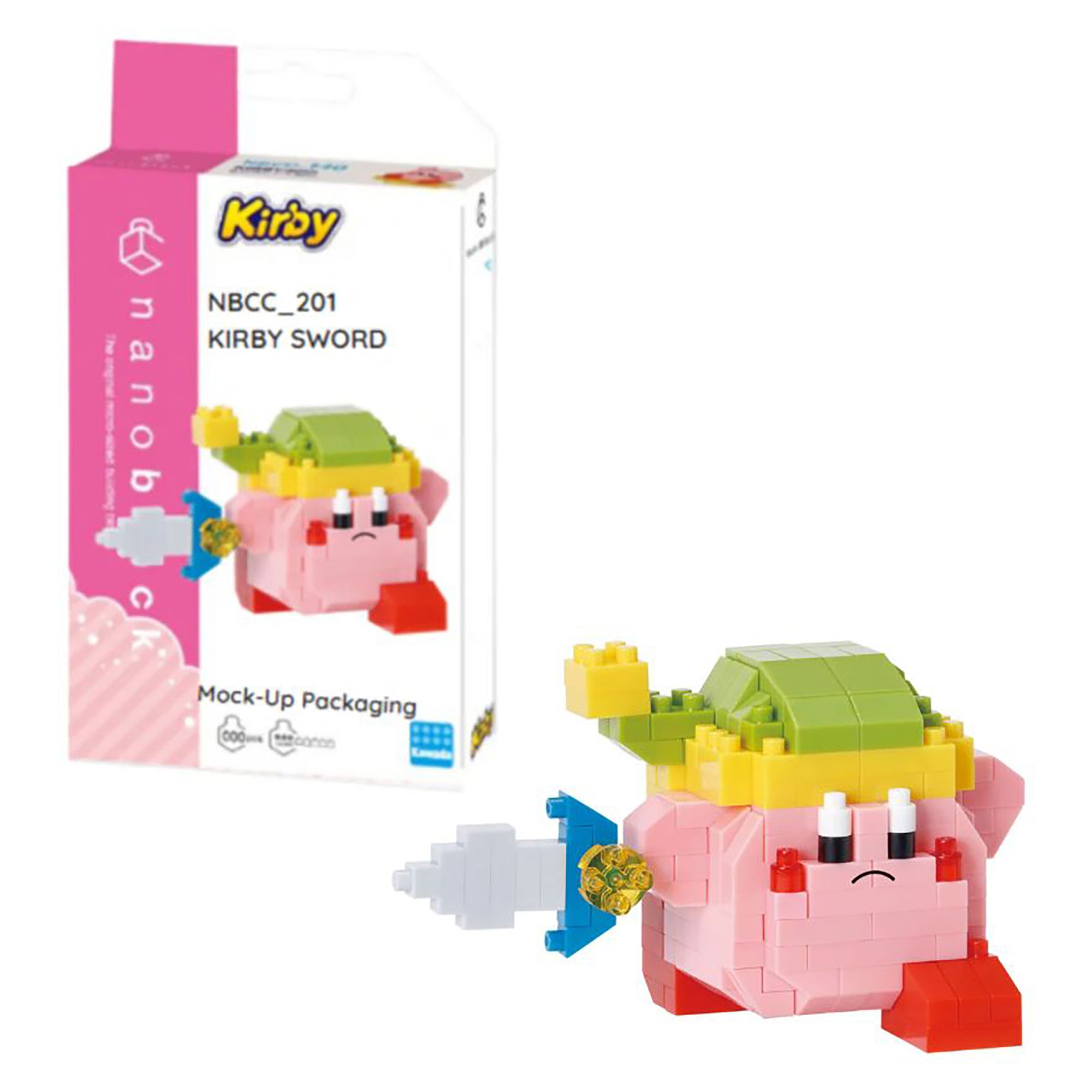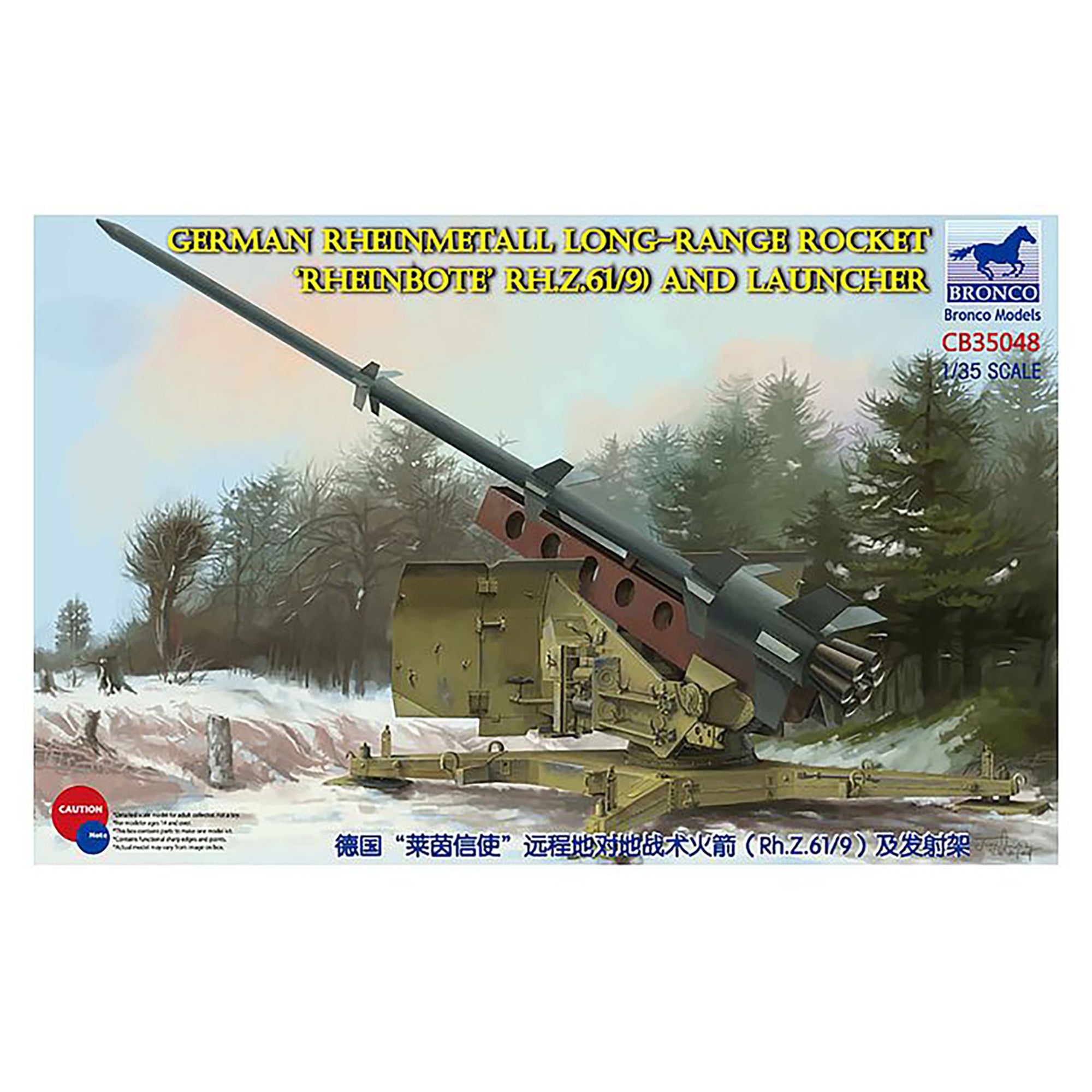In 1942, the Allied air strikes against the German and industrial targets were increasingly fierce, which made the Germans step up their research and development of antiaircraft rockets and missiles. In September 18th of the same year, the RLM and the Rhine metals company officially signed a new type of antiaircraft missile research and development contracts. The main person in charge by Dr. Crein who developed the "Rhinebote" ground to ground tactical rocket as the project. The new missile is called the 'Rheintochter', and it has also become another attractive and unique work in the history of German missiles. Rhine metal company has developed R1 and its improved R2 missiles, and carried out a number of tests in 1943. But still unable to meet the requirements of the military to shoot height. In 1944, a new type of R3 was designed. The missile to cancel the two stage structure, plans to install more powerful than the R1/2 missile liquid fuel rocket engine, and outside the addition of two with a throw type booster rocket. This single structure reduces the size and weight of the missile, and further increases the speed and distance of the flight. Wooden wings in the flight to reduce weight, but also reduce the cost of manufacturing weapons. The missile is equipped with a 160 kg of high explosive, which is detonated by a radar terminal in the warhead. After the missile is launched, the system can be combined with radio guidance from the 'Rhineland' radar system. Due to the planning of the liquid fuel engine research and development lags behind, and ultimately the change of the solid fuel engine. This model is called R3p. It is still launching a modified Flak41 88 mm antiaircraft gun carriage. At the end of 1944 for the 6 test, R3p shot up to 12,000 meters, the highest speed of 1,300 km/h. But the results still can not meet the needs of the military. The project was stopped in February 1945. Although the Germans planned to relaunch an assessment in March, but the war is almost over, and ultimately failed to achieve.
Notes & Tips:
- Includes a scale model which requires assembly, this is not a toy
- Ages 14 and over
- Choking hazard: Contains small parts
- Actual model may vary from images
- Does not include tools, cement or paints
- Some modelling experience recommended
